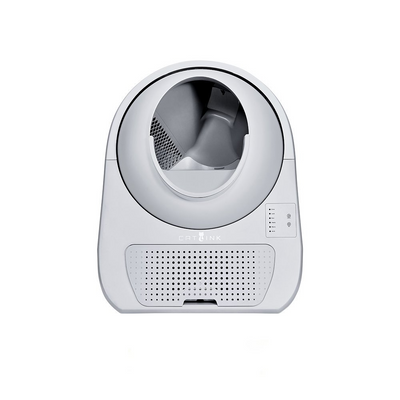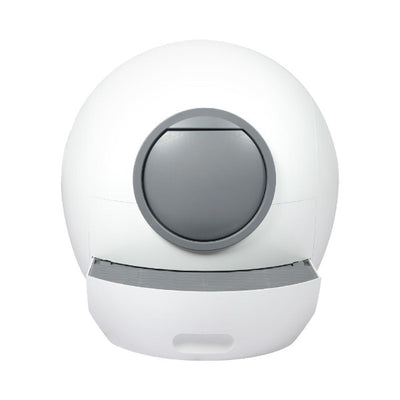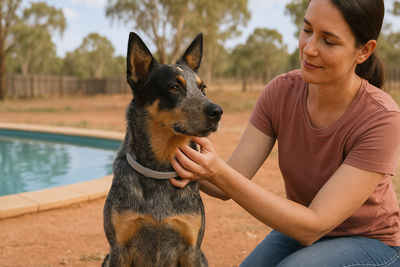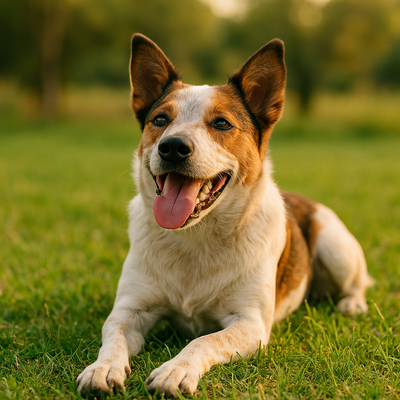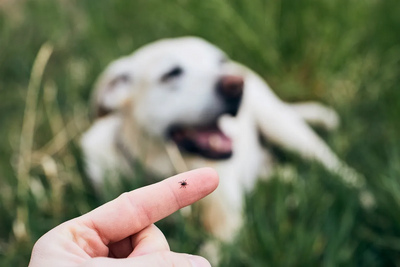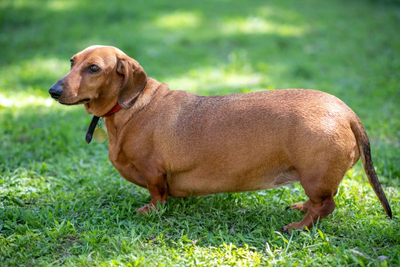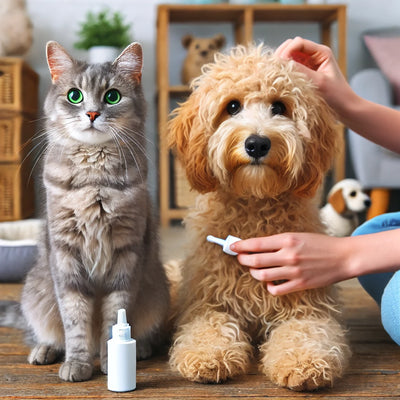Caring for your pet lamb may seem simple, but there are a few things you need to aware of
It is absolutely vital that the lamb has at least one feed of colostrum (milk from a ewe lambed within the last 24hrs) in its first day of life. Without this colostrum, the lamb has no immunity to diseases, and is unlikely to survive. Cow colostrum may be used as a last resort.
Lamb milk powder is best, but calf milk powder is OK. Both must be mixed according to packet instructions. DO NOT WATER DOWN the milk.
Keep the lamb dry and under cover for at least the first two weeks. It should have access to water at all times, and to grass or hay to nibble when it is one week old. Keep it away from poisonous plants e.g. rhododendrons.
In the natural state, lambs follow the ewe and drink small feeds often. Few pet lambs die of starvation (fortunately), but many die of overfeeding. New lambs need around 15% of bodyweight in milk over 24hrs, but in 6-8 feeds e.g. a 3kg lamb (this is an average size) needs 300-450mls of milk per 24hrs, but only 50-75mls per feed. The lamb will still appear hungry after this! Never feed the lamb until its stomach starts to bulge, or until it doesn’t want any more. Gradually increase the amount fed as the lamb grows. At 3 weeks old, 4 feeds of 250mls each per day should be about right. Lambs should have milk until about 12 to 14 weeks old.
To start with, you will need to put the feeding teat into the lamb’s mouth, and it may take several feeds before it learns to suck properly. Have patience!
If you want a nice big lamb for Pet Day, give a few calf crumbles, never more than ¼ cup per day.
Ram lambs should be castrated by putting a rubber ring around the neck of the scrotum, preferably before 2 weeks old. Tails may be docked at the same time. Consult your vet about tetanus prevention before doing this.
At 6 weeks old, the lamb should have a worm drench (ask your vet) and a vaccination for tetanus and pulpy kidney
